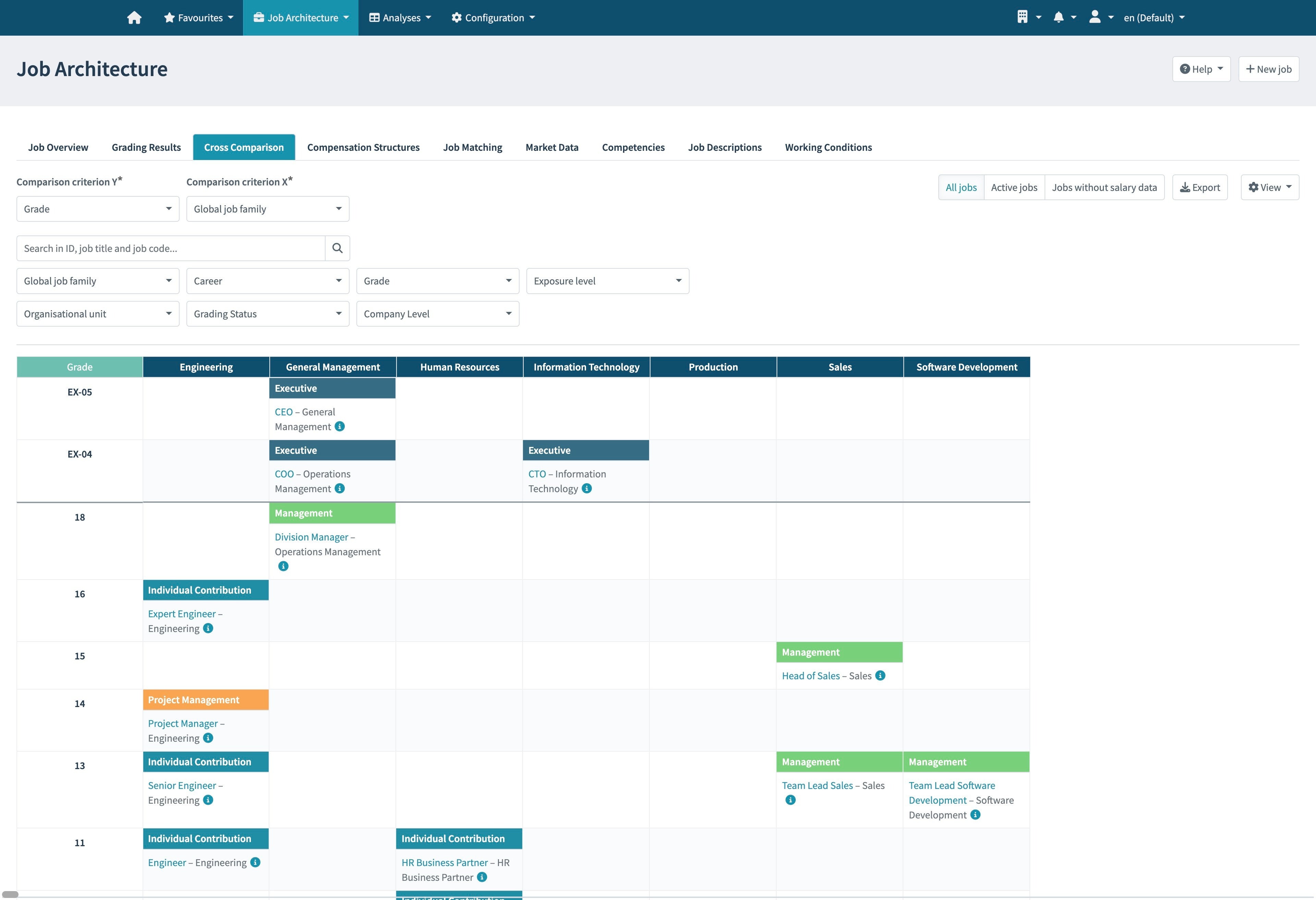What is pay transparency and why is it so important in today’s society?
As people may already be aware, pay transparency is the practice of clearly communicating how salaries are determined and distributed in an organisation. With the launch of the EU Pay Directive, creating equitable pay structures has never been more important than it is right now. Beyond compliance, it builds trust among employees and ensures total fairness in pay, helping to reduce salary gaps and show a company's commitment to equal treatment. It's also key in attracting and retaining employees (most people prefer to work for transparent and fair organisations!) I think we’re likely to see pay transparency continue to develop and eventually become the new standard in the future of work. That’s how crucial the concept is.
What are some of the key factors that contribute to pay disparities?
There’s plenty! Issues like unconscious biases, negotiation discrepancies and historical inequalities can all have an impact. I think it’s important to remember that, in these situations, pay transparency can be a leveller. It provides a clear framework to address these disparities, ensuring that pay decisions are based on merit and role requirements, rather than subjective or biassed criteria.
Are there any common misconceptions or myths about pay transparency?
I sometimes hear that pay transparency leads to widespread dissatisfaction and internal conflicts within an organisation - and I couldn’t disagree more! In reality, I believe a willingness to share information about pay philosophies and rewards structures fosters a culture of openness. It can help employees understand their compensation and the pathways available for their career growth. It demystifies compensation processes, thereby reducing misinformation and discontent.
What are your thoughts on the EU Pay Directive?
The EU Pay Transparency Directive is a significant step towards achieving gender pay equality. It's extremely promising as it mandates transparency and regular reporting - essential for addressing pay gaps. Personally, I view this directive as a positive move that will encourage more equitable and fair workplace practices across industries. That said, I completely understand and respect the transition that organisations have to make to be compliant. It’s a fairly complex landscape to navigate - but, on the plus side, that’s why Sysarb exists. We’re here to make the process a lot easier!
What is Sysarb and how does it help with this emerging legislation?
Sysarb is a global platform that helps organisations achieve pay transparency and equality. Our software uses artificial intelligence along with widely recognized analytics standards to assist companies in complying with the EU Pay Transparency Directive. Our main focus is to navigate and guide customers on why they should report, what to report and how to report. We provide straightforward tools to visualise pay structures, analyse and correct pay disparities, and create reports specifically designed for pay transparency reporting - all with the aim of simplifying compliance and communication of pay practices. Our approach makes Sysarb a dependable partner for businesses all over the world committed to creating a fair and transparent workplace.
Can you dive into any specific features that you think will be particularly useful?
The Sysarb platform comes with features that are essential for organisations, particularly those with a global presence, to maintain control over local regulations. One such feature is our 'Global Overview', a dynamic world map that displays customer data in context with progression and local regulations. This tool is especially useful for businesses operating in multiple countries, ensuring they stay compliant with varying pay-related laws. In addition to the ‘Global Overview’, our platform offers comprehensive pay analysis together with a robust reporting tool. These are critical for fulfilling requirements of the EU Pay Transparency Directive. These features collectively equip businesses to make well-informed decisions, leading them toward achieving and maintaining equitable pay practices. By combining gradar’s organisational analysis and job architecture design with our compensation structuring and equal pay analysis, users of both platforms will now have total certainty when it comes to creating transparent rewards structures and ensuring compliance with emerging legislation.
What changes do you hope to see in the next few years regarding pay transparency?
In the coming years, I hope to see a global adoption of pay transparency practices. This means not just adhering to legal requirements but embracing a culture where pay equity is a norm, not an exception. The goal is a future where pay transparency is seamlessly integrated into every organisation's philosophy.
How can individuals, communities and institutions contribute to these changes?
Individuals can advocate for transparent policies in their workplaces. Communities can raise awareness and support initiatives promoting pay equity. Institutions, on their part, should implement transparent pay structures and foster environments where discussions about pay are encouraged and normalised. Together, these efforts can create a significant impact.




